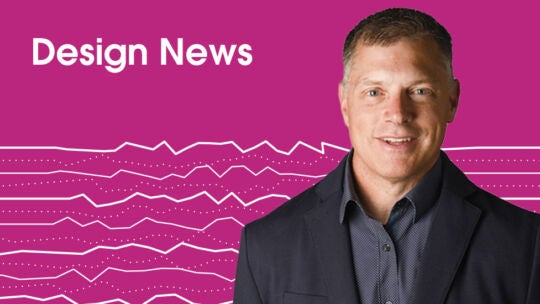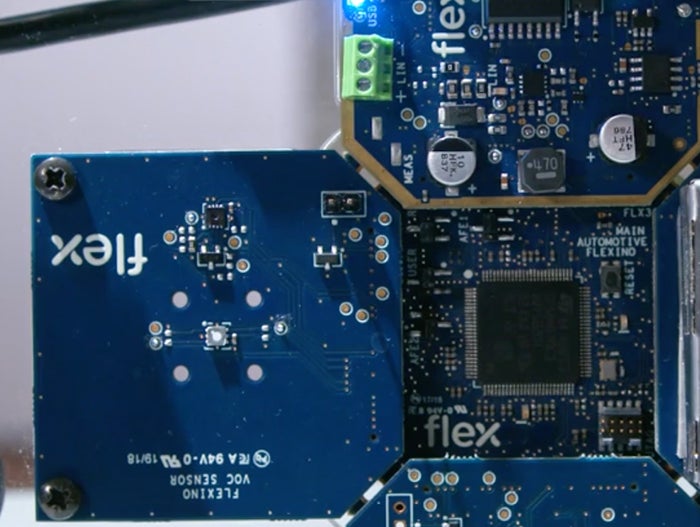
The content you’re seeking is momentarily unavailable. We appreciate your patience and look forward to sharing it with you soon.
使用集成警报系统 (IAS) 检测各种环境中的实时玻璃破碎和入侵,如家庭、商店或汽车。
伟创力、Infineon 和 QuickLogic 合作开发 IAS,融合了压力和音频数据,提供市场上最智能和可靠的玻璃破碎传感器。

我们的传感器集成开发套件包含由处理系统管理的 40 多个传感器,可帮助您加快硬件和软件产品的开发速度。该套件可配置,无论您身处哪个行业,都可以轻松满足您的特定传感器需求。